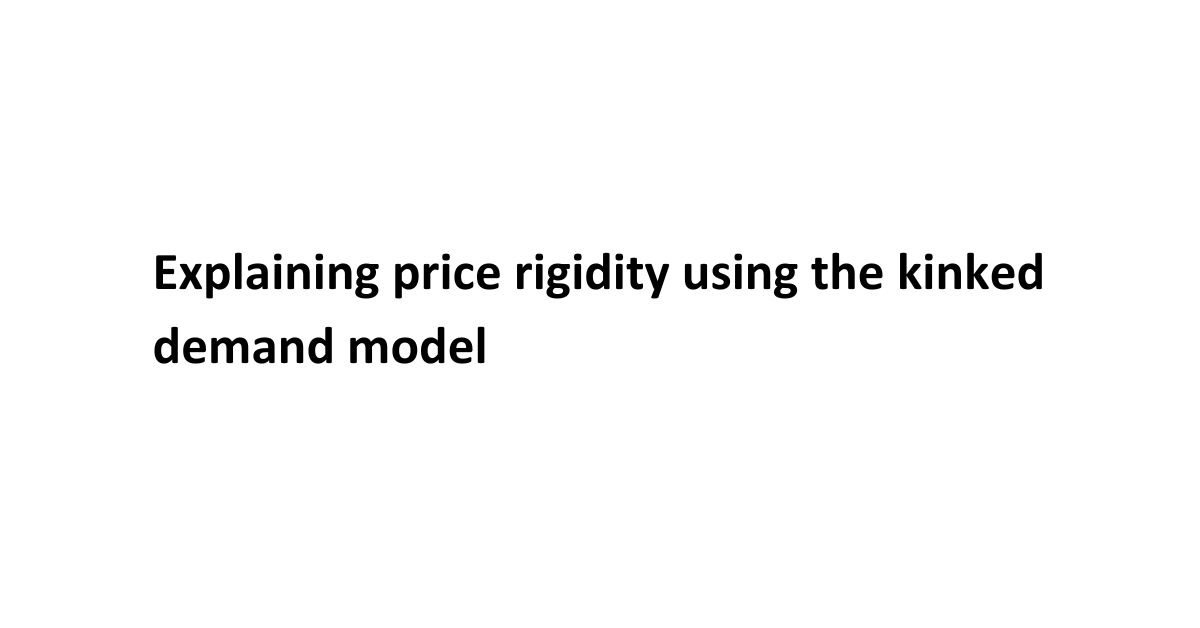
17 Nov Explaining price rigidity using the kinked demand model
Just like firms in any other market structure, the oligopolist produces at quantity where MR=MC to maximise profits. But, the MR curve corresponding to the kinked demand curve is discontinuous at output OQ1 and this discontinuity is represented by the vertical gap. Consequently, there is no single point of intersection between the MR and MC curves. This means that an oligopoly’s costs must change considerably before it is forced to alter its output or price i.e. producers will remain status quo if costs vary between MC1 and MC3. Thus, if the initial marginal cost curve is assumed to be at MC1, then a rise in costs to MC2 or even MC3 would result in no change in price and output i.e. prices remain rigid.
Limitations
The kinked demand model has its limitations though. Price rigidity may also be due to other factors, besides the explanation provided by the model. The kinked demand curve helps to explain why oligopoly prices are stable even without collusion among firms. But, it does not explain how the existing price OP1 is arrived at. However, price increases do occur as they did during the inflationary periods of 1970s and early 1980s in the advanced economies. Similarly, the retail petrol stations have recently been hiking pump prices in response to escalating oil prices.
Learn more from Anthony Fok. Join us for Economics Tuition classes now.



Sorry, the comment form is closed at this time.